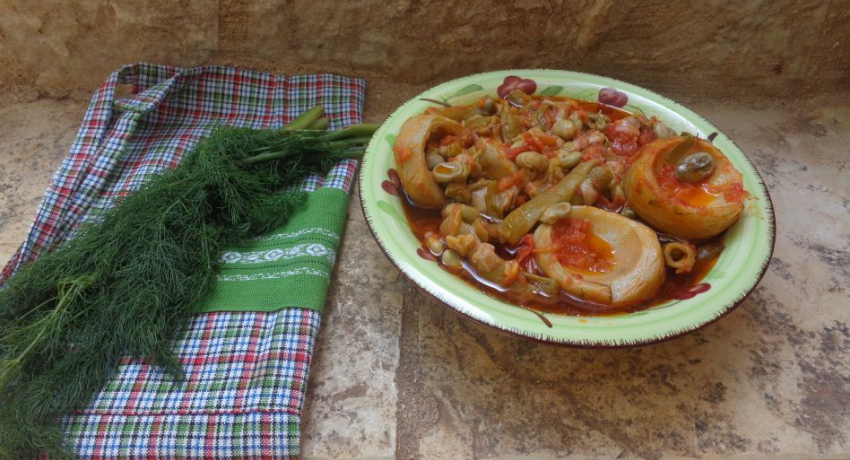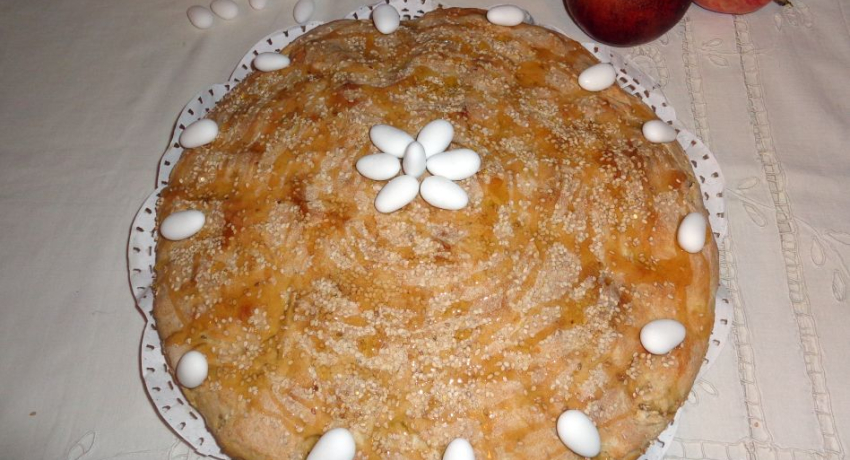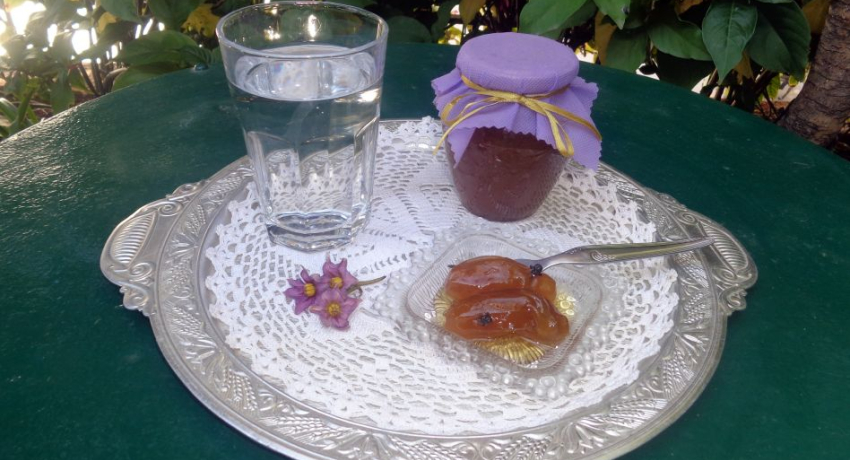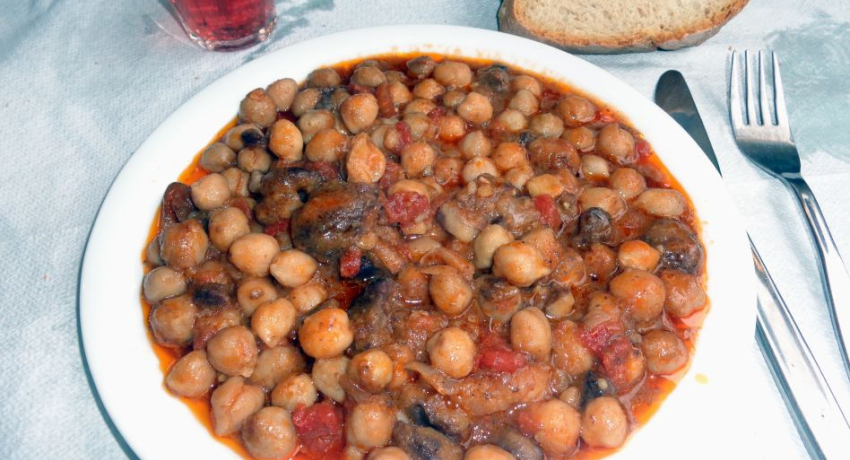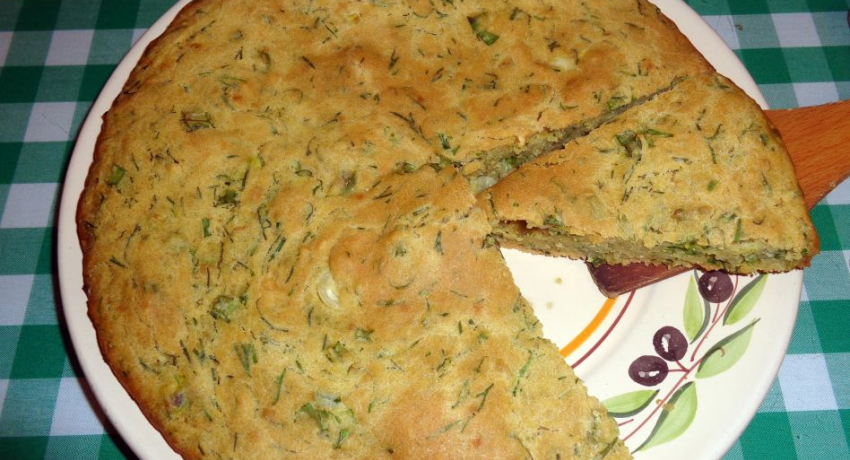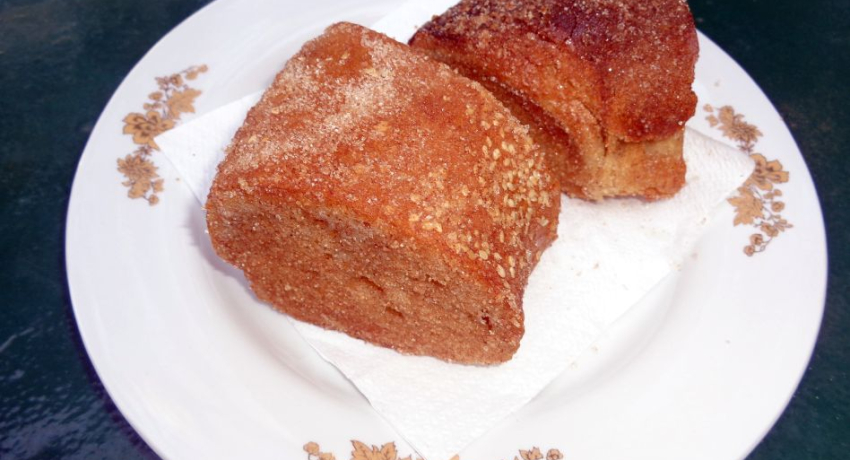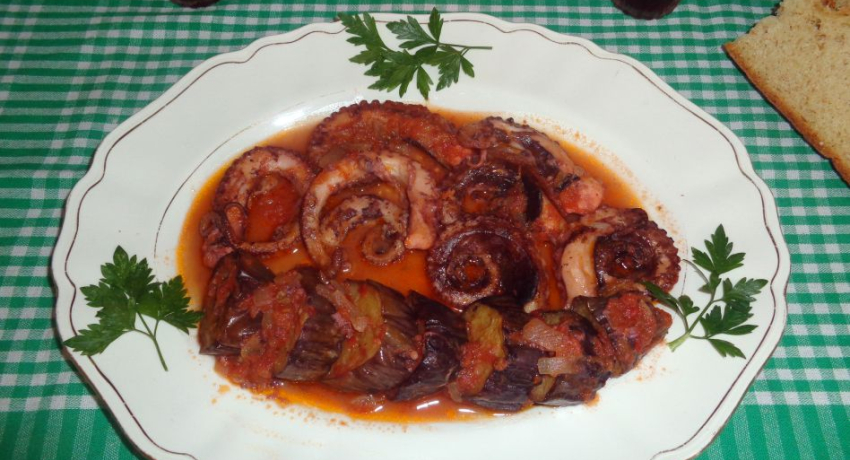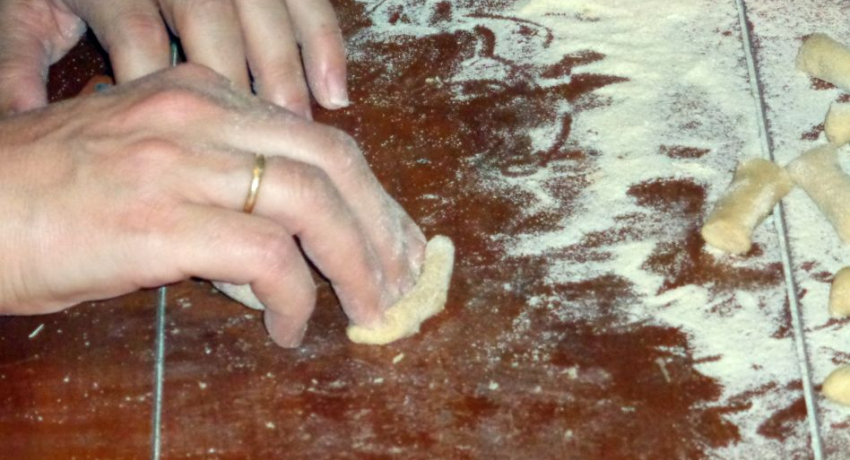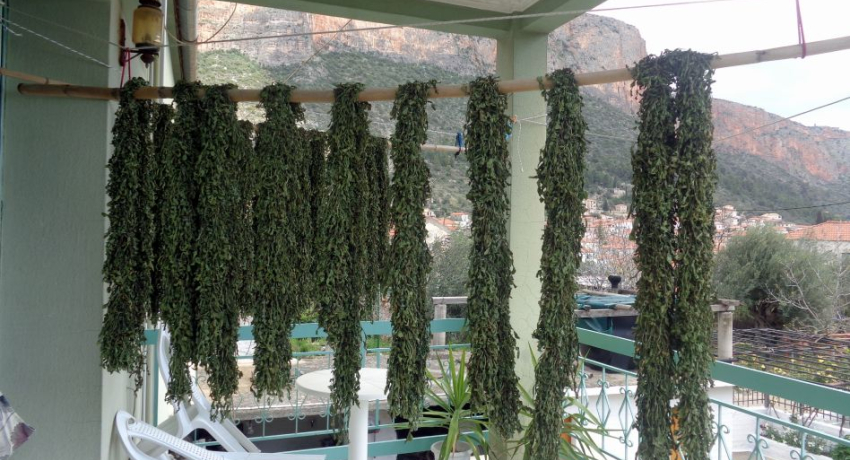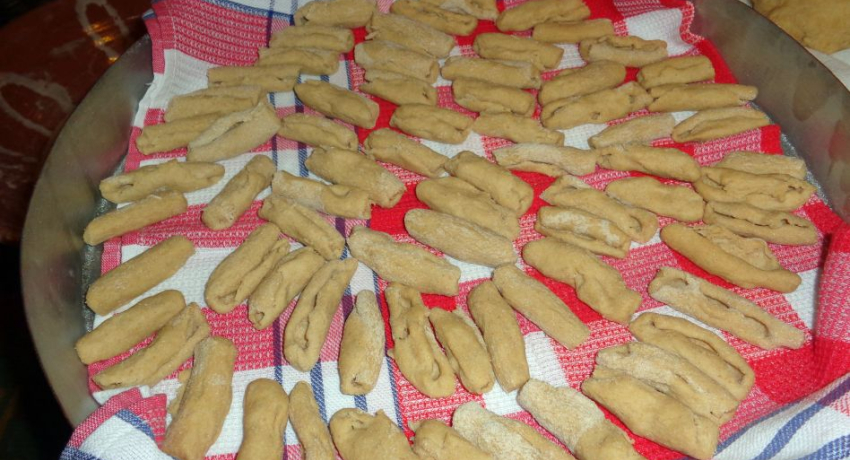The study of a people's diet leads to knowledge of both their economic and social conditions of life and highlights the variations in their living standards. Furthermore, the reliability of the Tsakonian dietary tradition can benefit modern dietetics and enhance the consumption of products from the Tsakonian land. In the agrarian Tsakonian society, where changes occur at a very slow pace, the dietary function and the related ritual (and etiquette) were not influenced by external factors and remained purely Greek. Besides, food and especially eating is a cultural element that is slow to mutate, change or abandon. This isolation also contributed to the preservation of local food habits. Thus, there is talk of continental cuisine, Macedonian, Cretan, Cretan, Cycladic and Tsakonian cuisine.
My love for anything Greek and my even greater love for the place where I was born, strong enough and resistant to time, bore fruit and gave birth to the idea of recording the Tsakonian diet. Being a restless nature and contrary to the current of my days, characterized by the slow but steady disappearance of ancient traditions of our homeland and fully aware that time is not an ally, I responded to the personal duty that I felt to be weighing on me, to record the eating habits of the Chakonians, so that they are not forgotten and lost. Today, few young people are able to identify and collect wild greens, a process based on oral information passed down from generation to generation, which was interrupted by the change in habits imposed by the new way of life.
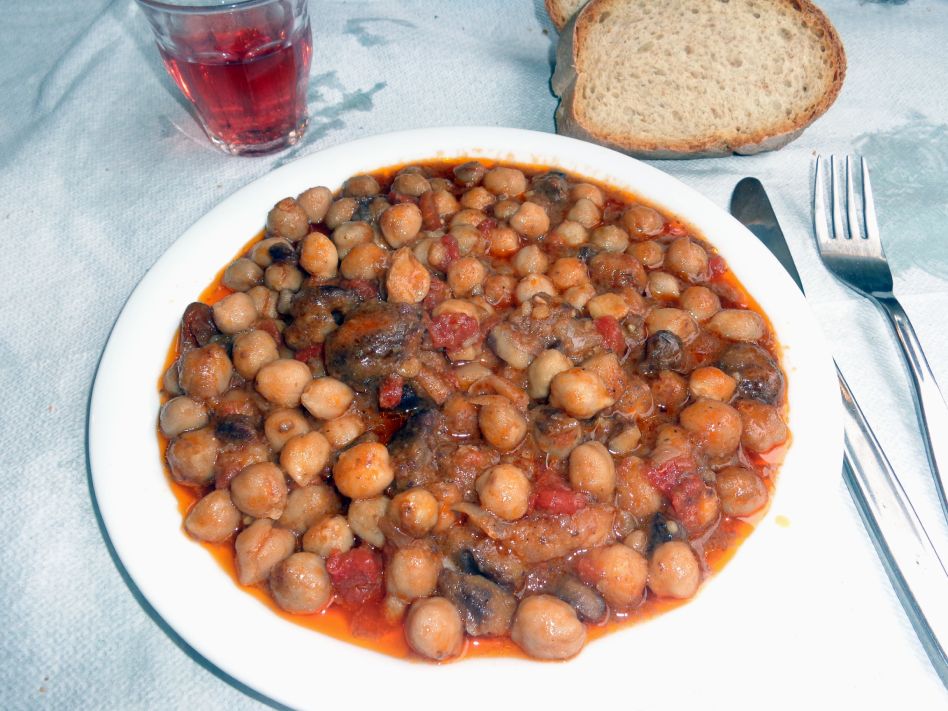
My intention was to show through the traditional ways of growing, preserving and consuming food the link with our ancient roots. I started a cycle of endless trips to the villages of Tsakonia, where I had the opportunity to talk to farmers and villagers and to document the eating habits of this special population group among the new Greeks, the Tsakonians.
The Tsakonians consume what their land produces, fruits, vegetables, wild mountain greens, edible bulbs, legumes, dairy products, goat cheese, pale and dry cheese, milk butter made by the slow boiling method of cream, oil, wild olive oil, edible olives, green olives with fennel seed, garlic and lemon, home-made pasta, noodles and bread flavoured with aniseed, rusks, pies without sourdough, baked on a plate from local varieties of wheat.
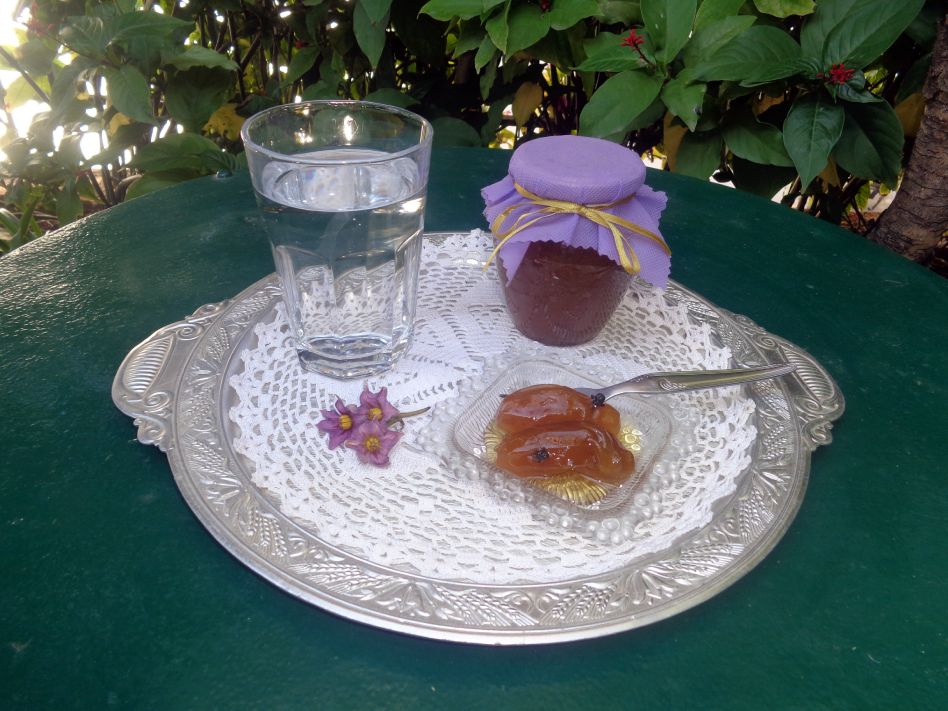
The Tsakonian cuisine is simple without a lot of added ingredients but with a strong and strong taste. The protagonist, the Tsakonian eggplant Leonidiou, is consumed in many combinations with the most popular being lamb with eggplant. Sweet trahanas, red pumpkin, and in general all the vegetables from the garden, legumes combined with pasta, especially in winter, such as lentils with noodles or barley, beans with lasagne or pasta. A typical dish of mountainous Tsakonia is chickpeas in a casserole with chestnuts. Meat, lamb and goat, is eaten with local pasta and vegetables, pork with wild greens, celery and chestnuts. In the Tsakonian cuisine, cod and octopus are eaten in many variations, excellent is the cod cooked in a casserole, or wild mountain greens in the pot with tomato and a little lemon, octopus with potatoes or eggplant. Stuffed eggplant with rice, octopus bites and fennel, is a dish for discerning palates.
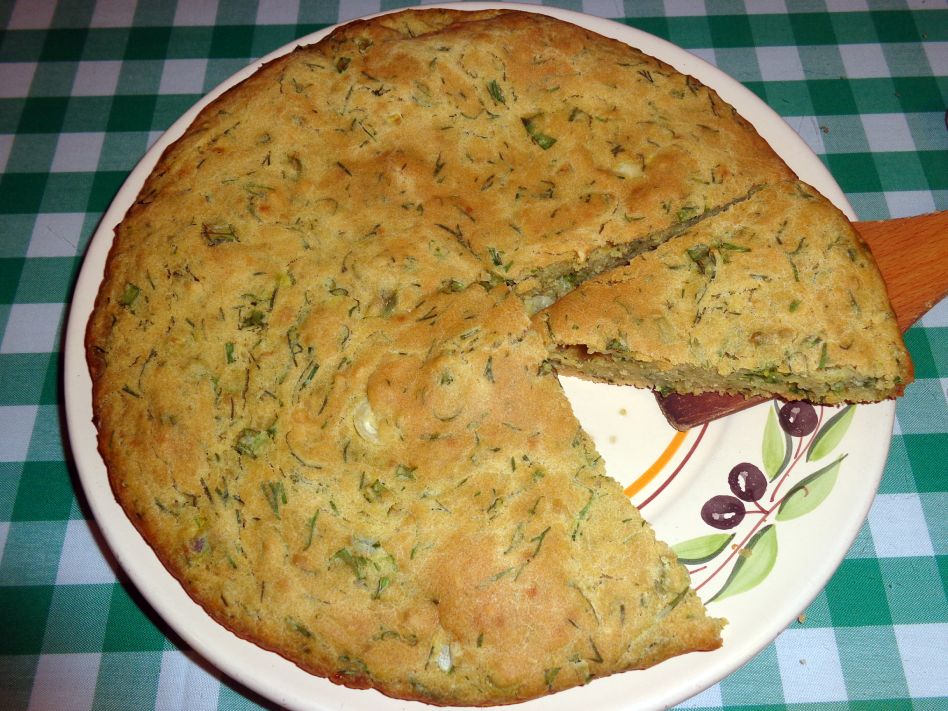
In spring, the greens and herbs of the mountain are collected and dried. After complete drying they are ideally stored in cloth bags. They are consumed in the summer, when, due to the lack of abundant water, vegetables are scarce. These dried greens, which have retained their excellent flavour, are boiled in water and served with oil and lemon.
At our banquets, religious feasts and festivals, lamb on the spit, lamb or goat boiled with tomato paste, bay leaf and cinnamon, served with thick spaghetti in sauce and goat cheese, lamb or goat in the oven with potatoes, boiled goat, spleen and kokoretsi are served.
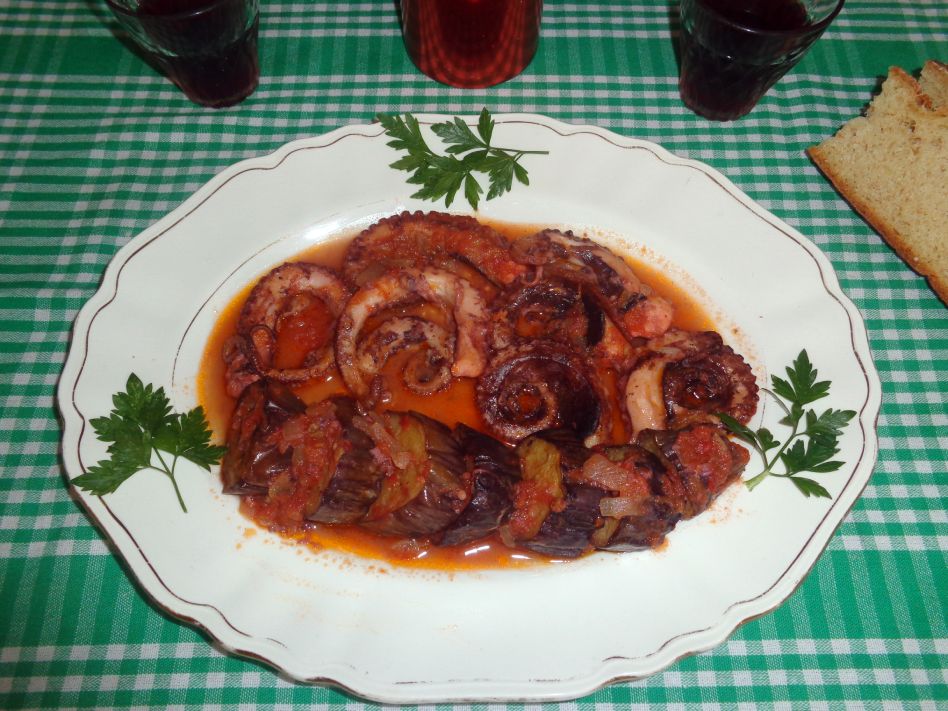
During the holidays the dominant sweets are diples, kourabiedes (qurabiya, an almond flavoured, crisp bun) and melomakarona. At engagements, weddings and christenings, diples and almond cakes, biscuits and cookies with icing sugar are served, accompanied by a mastic drink or homemade rose liqueur.
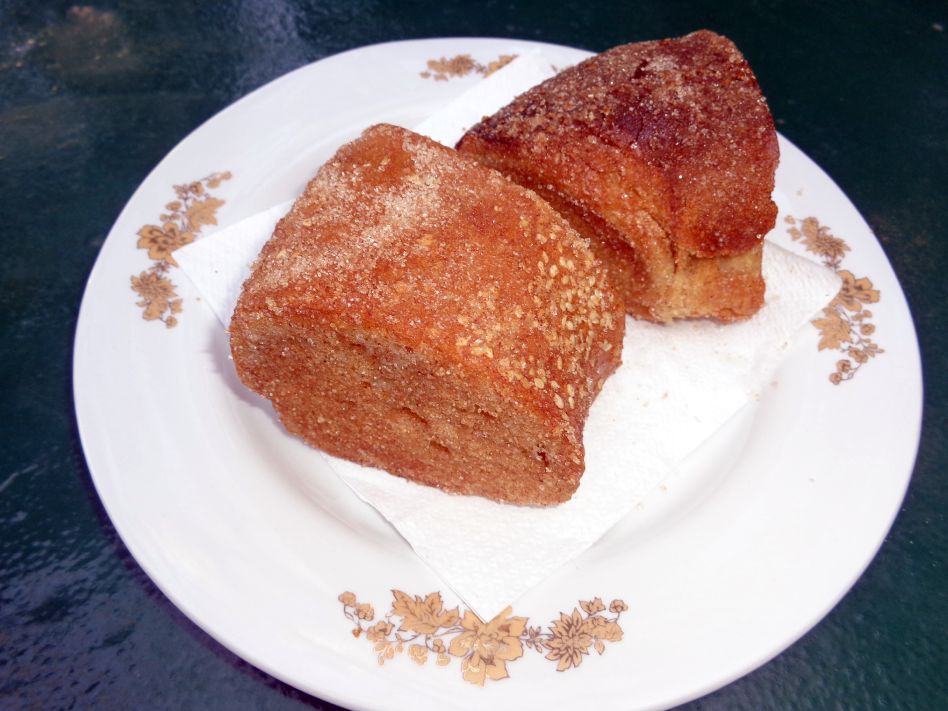
If your way brings you to the villages of Tsakonia, enjoy the traditional winter treats of coffee, cognac, orange and cinnamon rusks and spoon sweets, bergamot, neratzaki, peel or green, orange, lemon in the lowlands, chestnut or walnut in the mountains. If you come to us in summer, cool off with homemade lemonade or cherry juice, or drink your coffee with iced mastic drink and spoon sweets of eggplant, in lowland Tsakonia, cherry or sour cherry, in the mountains.
Eleni Manou

